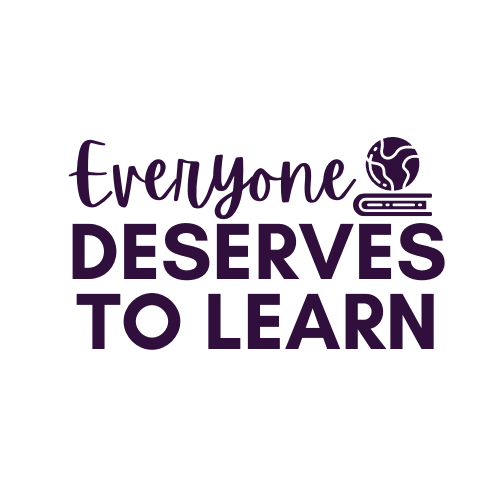Standards-Based Instruction: Content x Skills
One of the projects I oversaw as a Director of Curriculum and Instruction was the transition from traditional grading practices to Standards Based Grading. Over the course of that journey, I became interested and invested in standards: understanding them, unpacking them, and implementing them. The state of NJ edited 7 standard areas in 2020, which gave me plenty to examine! For the next three years, I focused on aligning instruction to the expectation of the standard.
Practicing standards-based instruction requires a significant mindset shift from “standards-ALIGNED” instruction. Most publishers and ed-tech programs profess their products to be aligned to standards, when in reality, the alignment is akin to borrowing a friend’s prescription reading glasses to see the menu in a dark restaurant. It seems like a solution, but it does not actually address the problem. Intervention as a means to close gaps presents a similar issue; students are provided with below-grade level instruction until they have “mastered” the concept, while their peers have already moved on. The gap widens.
This quote is taken from a wonderful podcast by William Parrett and Kathleen Budge, in which they discuss some ways school leadership can strategically improve student achievement. (Parrett and Budge, ASCD, 2022)
Standards-based instruction leans into the concept that we cannot intervene our way out of a tier-one problem. Tailoring our instruction to meet the requirements of the standard is one critical step in helping students meet the expectations of high-stakes assessments, which is (whether you are for or against them) often the measure used to tally the students who are on/above/below grade level.
High-stakes assessments contain questions that seek to determine whether a student has mastered a standard. It’s important to understand that all standards contain two major components: content and skill. Some standards are more content based, some more skill based, and some a genuine mix. Reach way back to High School Biology and think of a Punnett square, where, instead of hair and eye color of guinea pigs, we have content and skills. The image below demonstrates the idea.
All standards contain content and skills, which students are asked to master. Some standards are heavier on content, some on sills, and some are a mix of both.
Let’s look closely at some standards and determine their content x skill makeup. That will help us determine how to prepare our instruction, based on the expectation of the standard.
Here’s a middle school NGSS Standard: MS-LS1-5.Construct a scientific explanation based on evidence for how environmental and genetic factors influence the growth of organisms.
Potentially Assessed Content: environmental and genetic factors, growth of organisms, influence of factors on growth
Potentially Assessed Skill: Construct a explanation, base explanation on scientific evidence
Based on this, I know that students need to be able to identify factors that influence the growth of organisms, and they must also use scientific evidence to construct an explanation. So where does this fall in my Punnett square? Cc, Cs, cS, or SS? I would probably go with cS, knowing that the SKILL of constructing a scientific explanation is what’s being assessed, more than the correct identification of environmental and genetic factors. Would you say the same?
Let’s try again. Here’s an NJ Social Studies Standard: 6.1.2.CivicsPI.6: Explain what government is and its function.
Potentially Assessed Content: definition of government, governmental function
Potentially Assessed Skill: explain what something is
Based on this, I would give this standard a Cs, as it’s asking primarily for the identification of content, and less on a higher level thinking skill. What say you?
CCSS RI.7.1: Cite several pieces of textual evidence to support analysis of what the text says explicitly as well as inferences drawn from the text.
Potentially Assessed Content: text analysis, inferences
Potentially Assessed Skill: support an analysis of a text, support an analysis of inferences drawn from the text, cite text evidence, use multiple pieces of textual evidence
Here’s a standard I would give a major SS to- it’s all skill based. It’s not telling you what content to focus on, just that it should be informational text. This is a place where English teachers get waylaid: Are you teaching the text or the skill?
Let’s shift gears a little. In the image below, you’ll see two released items from a high-stakes assessment, both proclaiming to measure the same standard. This one is a Cs/cS, as it equally assesses both content and skill. If you cut the standard in half right at the first comma, you’ll see how both assessment items were crafted. The item on the left asks students to do the first half, which is to compare, under the assumption that they know the symbols. The item on the right asks students to do the second half, which is to USE the symbols to compare, under the assumption that they know how to compare.
These released items from high-stakes assessments address both the content and the skill of the same standard.
The point of breaking down a standard into content x skill is to create a road map for instruction that speaks directly to the expectation of a standard. In planning instruction for the math standard above, an instructor would need to understand that the standard can be broken down into parts, and all parts must be taught and subsequently assessed for mastery. I’ve focused on the four core content areas here, but the content x skill theory can be applied to any standard area.



